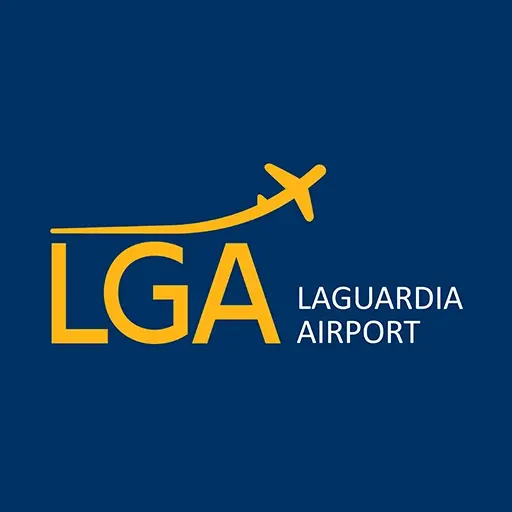A key gateway to southern Azerbaijan, connecting the region to international and domestic destinations.


Lankaran International Airport (LLK) is located near the city of Lankaran in southeastern Azerbaijan. Officially granted international status in 2008, it serves as a vital entry point to the Caspian Sea coast and the lush landscapes of the Lankaran region. The airport provides essential amenities and quick access to regional attractions, supporting tourism and local commerce.
38.74997, 48.81243
Passenger traffic decreased by 10.4% year-over-year in the most recent reported period.
250
Staff include airline personnel, ground services, security, and facility management.

Recent upgrades have enabled the airport to handle increased passenger and cargo volumes, supporting regional growth.
Modernized terminal facilities and improved navigation systems enhance operational efficiency and passenger experience.
Implementation of energy-efficient lighting and waste management aligns the airport with national environmental goals.
Collaborate with national authorities to secure funding for further infrastructure and service improvements.
Prioritize runway maintenance and terminal modernization to support future traffic growth and resilience.
Expand green initiatives and adopt sustainable practices to meet environmental standards and regional targets.